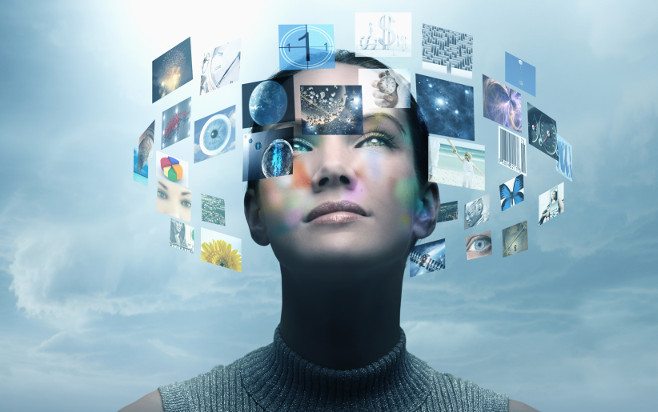Devotees of the latest virtual reality gear mostly come from the ranks of the video-game playing public. Gaming platforms certainly stand to gain a lot from the ability to immerse the player in a completely fictional world. As these VR systems increase in sophistication and power, however, we’ll most likely see them applied towards a variety of uses that have little or nothing to do with gaming.
Most virtual reality equipment comes in the form of a headset that is worn over the user’s head. Images of an imaginary world are displayed to the user, who can look around and move within the virtual setting. Some units use motion sensors to allow interaction while others come with handheld control devices. Unlike the primitive and much-derided products that hit the market in the ’90s, today’s units combine stunning visuals with smooth movement and speedy refresh rates.
It’s perhaps no surprise that computing giant Microsoft is getting in on the action with its HoloLens and a special version of Windows to take advantage of it. The software leader seems to have its fingers in many tech pies. Another highly anticipated model comes from Facebook, which purchased the Oculus Rift in 2014. Both of these VR solutions will be able to connect to your computer, just like a mouse or a printer would. Sony is moving in another direction with Project Morpheus, which is designed to work with the PlayStation 4 game console. All three of these headsets are planned to be released in 2016. Other manufacturers, like HTC, FOVE and Starbreeze Studios, are busy working on their own VR systems.
Some insight on the non-gaming uses of VR has already come out of the Stanford University Virtual Human Interaction Lab. Research there shows that placing people in simulated settings dealing with environmental issues raises their consciousness about the ecological consequences of energy use, acid rain and deforestation. Even after the simulations were over, participants demonstrated a heightened awareness of our natural surroundings for weeks afterward.
This may give us a foretaste of how such devices could be used in classrooms. Students could take virtual field trips to ancient Athens, the United States during the revolutionary period, Napoleonic Europe and other settings that are currently featured mostly in dull, ponderous textbooks. The British Museum has already created an exhibit allowing visitors to step into a virtual, bronze-age dwelling and take a look around. By no means will the educational uses of VR be limited to school-aged children: Adults could use the technology to train for difficult, dangerous or expensive tasks within a completely safe environment.
Such training options will undoubtedly be popular with businesses, which will be able to fully instruct their workers without putting their well-being – or that of expensive machinery – in jeopardy. Other corporate applications for virtual reality include the ability to hold meetings between participants located thousands of miles away from each other, the possibility of hiring remote workers while still allowing teams to get to know each other and the creation of virtual product experiences to entice consumers to part with their hard-earned money.
These are just a few of the areas in which virtual environments could make a big change. Health care, home security, architectural design and sports are some of the sectors of society and industry that could undergo massive shifts as these new advances become mainstream.
Today’s VR platforms are to those of tomorrow as the Ford Model T is to the Google driverless car. We can expect prices to drop while performance improves, and it may be that people without VR headsets of their own will soon be looked at a bit askance, just as is the case with people today who lack cellphones. Once a critical mass of users develops, there’s no telling to what fantastic uses they’ll put this promising tech.


